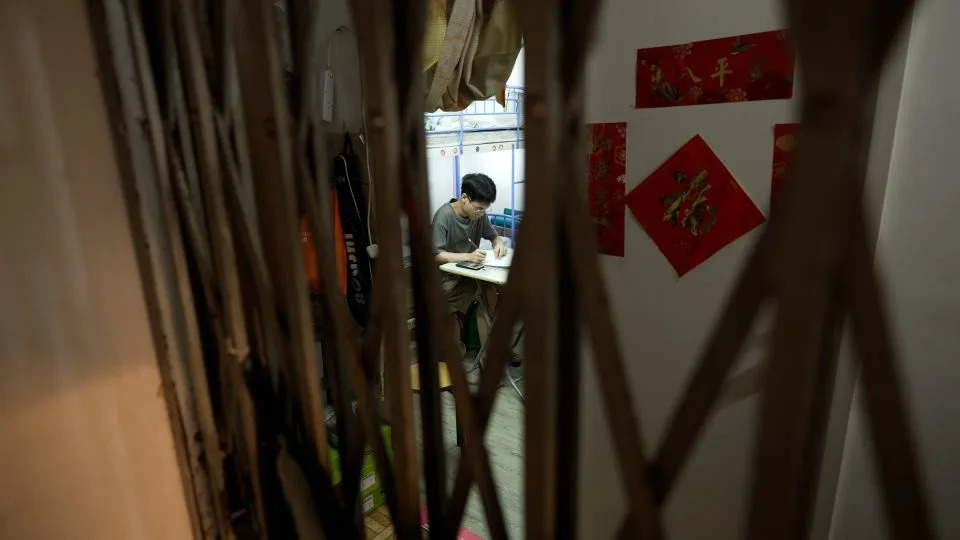
On a sweltering summer afternoon in Hong Kong, Yeung Fong-yan’s flat felt like an oven. Her air conditioner ran at full blast, but the tiny, tin-roofed room still baked in the heat, with a thermometer inside reading 36°C (96.8°F).
“Sometimes it’s so hot we can’t even sleep,” Yeung said, seated on the small bed that doubles as her couch, dining table and sleeping quarters. Her 13-year-old grandson had just returned home from school, exhausted and drenched in sweat after climbing nine floors to reach their apartment.
The two live together in a rooftop structure, on an elevator-less building in the crowded district of Sham Shui Po. Like many low-income families in the neighborhood, they’ve been pushed into makeshift housing by soaring rents and a chronic shortage of public homes in a city that is, on paper at least, one of the world’s wealthiest.
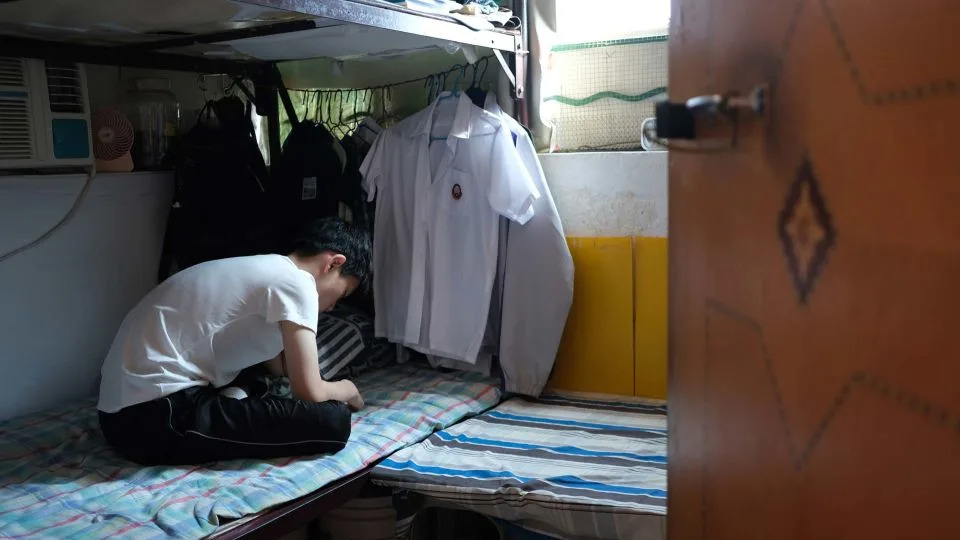
During summer, the thin walls offer no insulation, the cracked roof leaks under heavy rain, and the heat turns the space into a furnace. With heavy humidity, Hong Kong’s subtropical climate makes already hot days feel even more intense.
In recent months, Hong Kong has been hit with relentless heat warnings. Yet tens of thousands of residents remain sardined into homes smaller than a parking space, where staying cool is a luxury few can afford as the climate warms.
An estimated 220,000 people live in subdivided units, “cage homes”, or illegal rooftop flats across the semi-autonomous Chinese city. Many units are poorly ventilated, windowless, and often infested with cockroaches, rats and bed bugs.
“Some of the conditions are quite inhumane,” said Sze Lai Shan, deputy director of the nonprofit Society for Community Organization (SoCO). “They live in spaces only 15 square feet. They share the kitchen and toilet with 15, 20, or even over 30 households.”
Constructed with basic building materials such as sheet metal, these types of homes become abnormally hot during the day and trap heat well into the night, a stark contrast to the gleaming steel and glass skyscrapers that fill the skyline of China’s premier finance hub.

Indoor temperatures in such flats reached as high as 41°C (105.8°F), even when it was cooler outside, according to a SoCO survey this year.
For many, this year’s heat has felt worse than ever. In the same survey, 93% of residents said this summer was less bearable than previous years.
Overcrowded cities are becoming disproportionately hotter amid a changing climate. According to a World Bank report, average temperatures in cities across Asia were measured to be up to 5.9°C (10.6°F) warmer than their rural surroundings.
When home hurts your health
With summer in full swing CNN spoke to multiple residents of subdivided units, many of who asked to only use one name or remain anonymous for privacy reasons.
“It’s so hot it feels like you’re getting heatstroke,” said Mr. Wu, a middle-aged man living in a subdivided flat without air conditioning in Sham Shui Po. Inside his narrow room, packed with a small bed and scattered trinkets, the heat becomes unbearable by mid-afternoon.

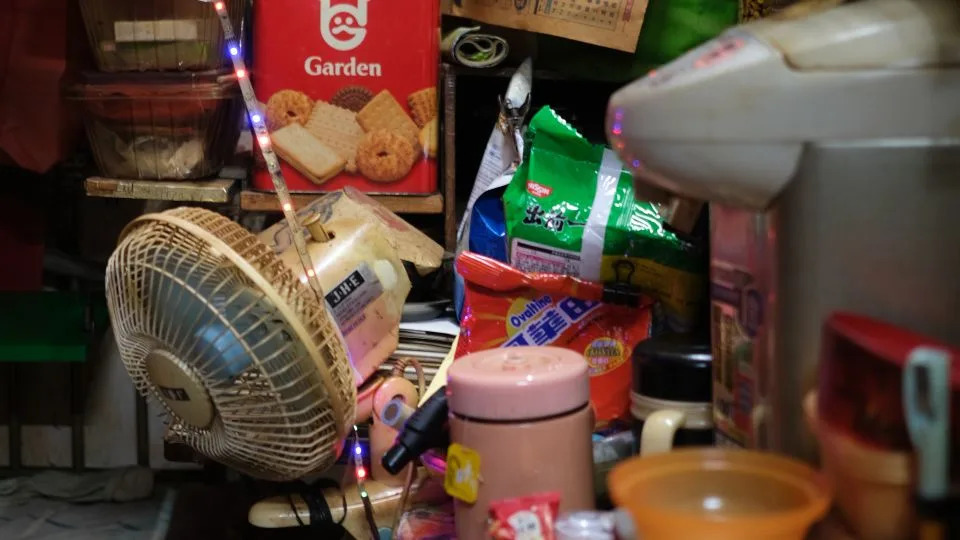
Just blocks away, 15-year-old Roy lives with his mother in a small, windowless subdivided unit – also without air conditioning.
“It’s really stuffy. I feel like I’m cut off from the fresh air outside. I feel like I’m cut off from the world,” he said.
Stigma around his living conditions has made Roy socially withdrawn. “It’s like there’s a wall or a divider barring us from meeting new friends. I’m in a gloomy and heavy mood. I’ve lost my confidence,” he said.
Roy’s physical health has also suffered. A severe fever led to facial nerve paralysis, which he believes was worsened by the living conditions in his cramped flat.
Nearby, 69-year-old retiree Mr. Tse spends his days at the local library to escape the heat. “It’s still hot after I come back,” he said. To cope, he takes three cold showers a day.
For Yeung, staying cool means sacrifice. During the summer, she cuts down to just one meal a day so she can afford to keep the air conditioner running for her grandson.

Across the city, a woman living in a rooftop slum in Kwun Tong told CNN she “feels like she’s living in a barbecue,” adding that the heat gives her stomach problems.
According to SoCO’s 2024 summer survey, 83% of residents in subdivided homes reported sleep problems, while 60% experienced emotional instability, more than half had skin conditions, and about a third reported dizziness.
A warming climate, a hotter city
The extreme heat inside Hong Kong’s subdivided flats stems not only from poor housing, but also from an intensifying climate crisis.
According to climate monitoring agency Copernicus, 2024 was Earth’s hottest year on record. And Hong Kong was no exception.
That year, the number of “very hot days” – when temperatures reached 33°C (91.4°F) or above – climbed to 52, up from just six two decades earlier, according to the Hong Kong Observatory, the city’s meteorological agency.
Two months ago, the city recorded its hottest June day in history. The Observatory warns that extreme heat events are becoming more frequent, intense and prolonged. And the city’s poorest residents are bearing the brunt.
In low-income districts like Sham Shui Po, where buildings are tightly packed, the urban heat island effect reduces nighttime cooling, leading to higher overnight temperatures.
Mr. Wu told CNN the heat often keeps him awake. “I feel very helpless,” he said. “I can’t even get a single good night’s sleep. I just want a good sleep.”
“They don’t want to live like this,” Sze said. “But they have no choice.”
A system that still fails Hong Kong’s poorest
Despite being a rich, developed city with one of the world’s largest public housing systems, Hong Kong continues to face a severe shortage of liveable, accessible homes. For 14 years straight, the financial hub has ranked as the world’s most unaffordable housing market, according to the Demographia International Housing Affordability survey.
The Hong Kong government told CNN it is determined to tackle substandard housing by increasing public supply. Authorities aim to build 30,000 light public housing units by 2027-28, and say that over 21,000 transitional housing units are in place or on the way.
Such promises are familiar to Hong Kong residents. Every administration since the city’s 1997 handover to China have vowed to tackle the property crisis, yet the city continues to see a shortage of housing and eye-watering price tags.
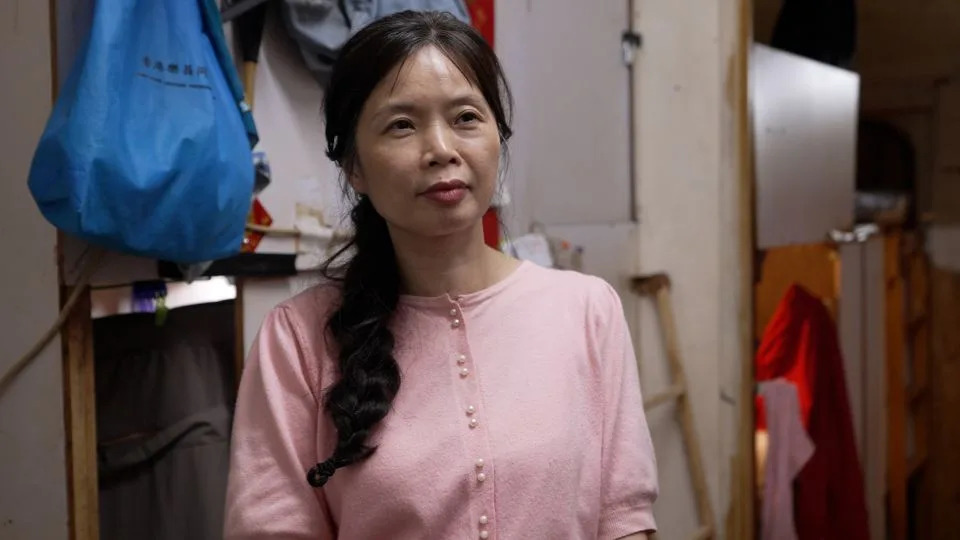

Hong Kong’s government owns all land and and controls its supply, selling parcels to developers at auctions. It’s a system that historically has raised significant revenue for for the city, allowing it to keep taxes low while still offering enviable public services. But it has also led to one of the hottest property markets in the world, persistent shortages of affordable housing and palpable inequality.
When it comes to the subdivided housing crisis, some experts argue the real issue isn’t just property prices or a lack of land, but a system that overlooks those most in need.
“This is purely a failure of public housing policy,” said Michael Wong, an economics professor at the University of Hong Kong.
Wong says a major problem is that tenants aren’t required to move out of public housing long after their incomes increase. Residents who become middle-income cling to their public homes, even when they hope to move out, due to the lack of affordable private flats in the city.
This blocks new applicants from getting in and pushes lower-income residents into the private rental market. “The people who really need it can’t get it. They have to find some other type of housing, so they find these subdivided units with very poor quality,” he told CNN.
Even in hazardous and often illegal conditions, tenants commonly pay more than HK$3,000 ($382 USD) monthly in rent.
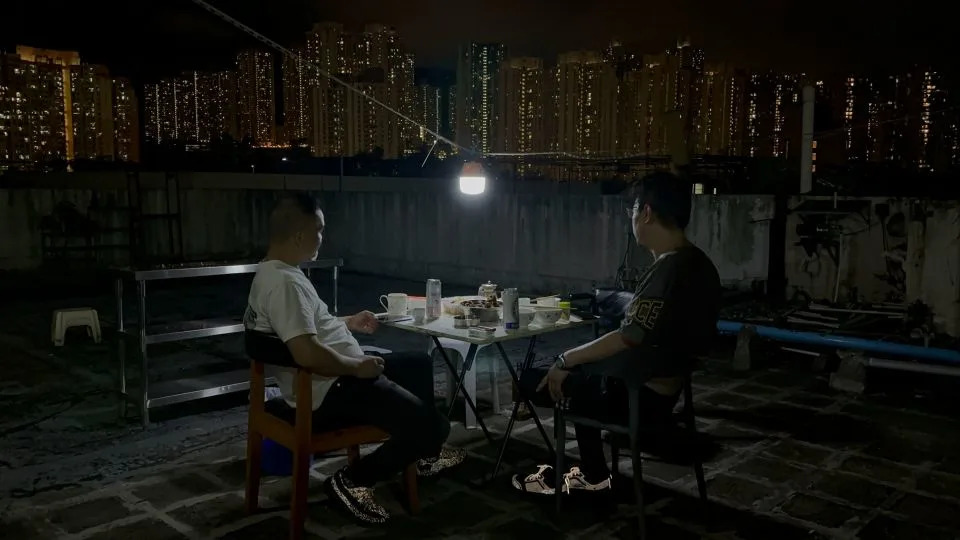
Despite growing concern, policy reforms have been slow. A proposed “Basic Housing” bill, that the government hopes to enact in 2026, would introduce minimum size and ventilation standards for rental units, but some tenants fear the move will render their rents unaffordable.
Meanwhile, pressure is mounting from Beijing. In a 2021 speech, Xia Baolong, head of the Hong Kong and Macau Affairs Office, called on the city to “bid farewell to subdivided flats and cage homes” by 2049.
But for residents like Roy, the proposed reforms bring fear, not relief. Because he is underage and his mother lacks a Hong Kong ID, they don’t qualify for public housing. The bill’s new size and ventilation standards could make their unit illegal. “I am scared that I will lose my home,” he said, “but there isn’t anything I can do.”
Families wait for help that hasn’t come
The uncertain housing situation is pushing many of Hong Kong’s low-income residents to a breaking point emotionally, physically and financially.
“I’m really angry. Many people will die. They will not be able to make it,” said 69-year-old Mr. Tse.
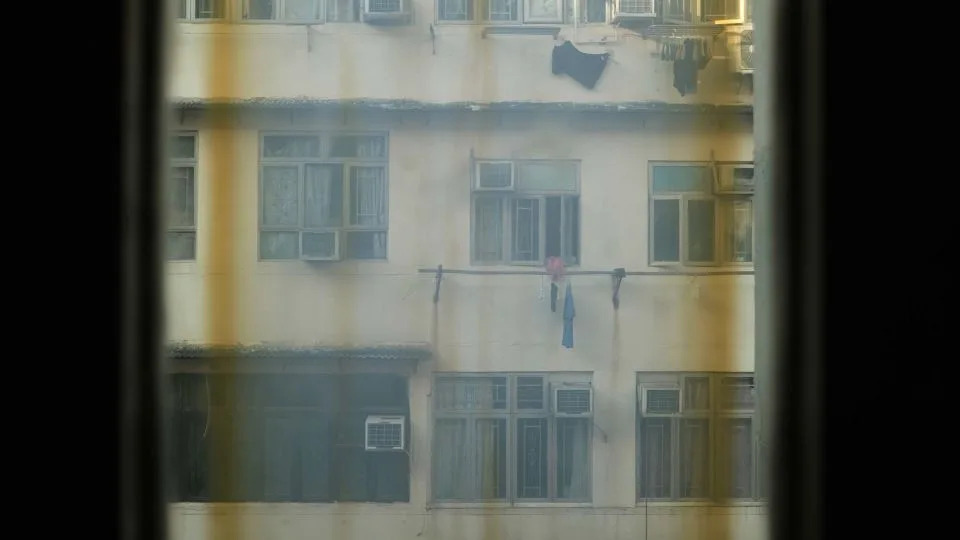
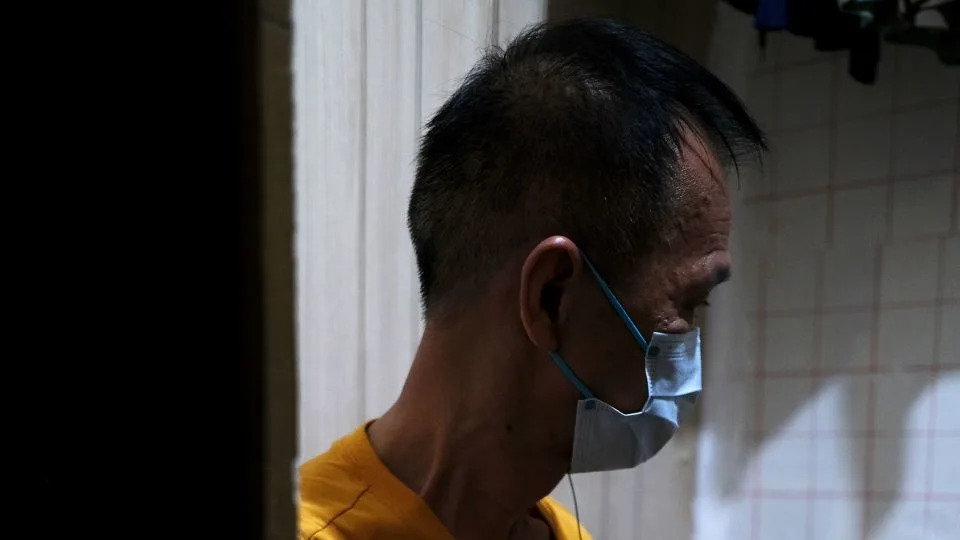
SoCO’s Sze says the consequences can be devastating. “It is sad… many end up passing away in cage homes or subdivided flats. Sometimes we have to help arrange funeral services for them,” she said.
For Yeung, now in her 60s, the biggest worry is for the next generation. “I feel uncomfortable and upset,” she said. “I want the government to help my grandson.”
SoCO has urged the government to act faster. The group is calling for additional electricity and water subsidies – basic lifelines that could help vulnerable households stay cool as the city heats up.
For now, families like Yeung’s and Roy’s are stuck in the scorching heat, with little certainty about when, or if, meaningful change will come.
Chris Lau contributed reporting
For more CNN news and newsletters create an account at CNN.com


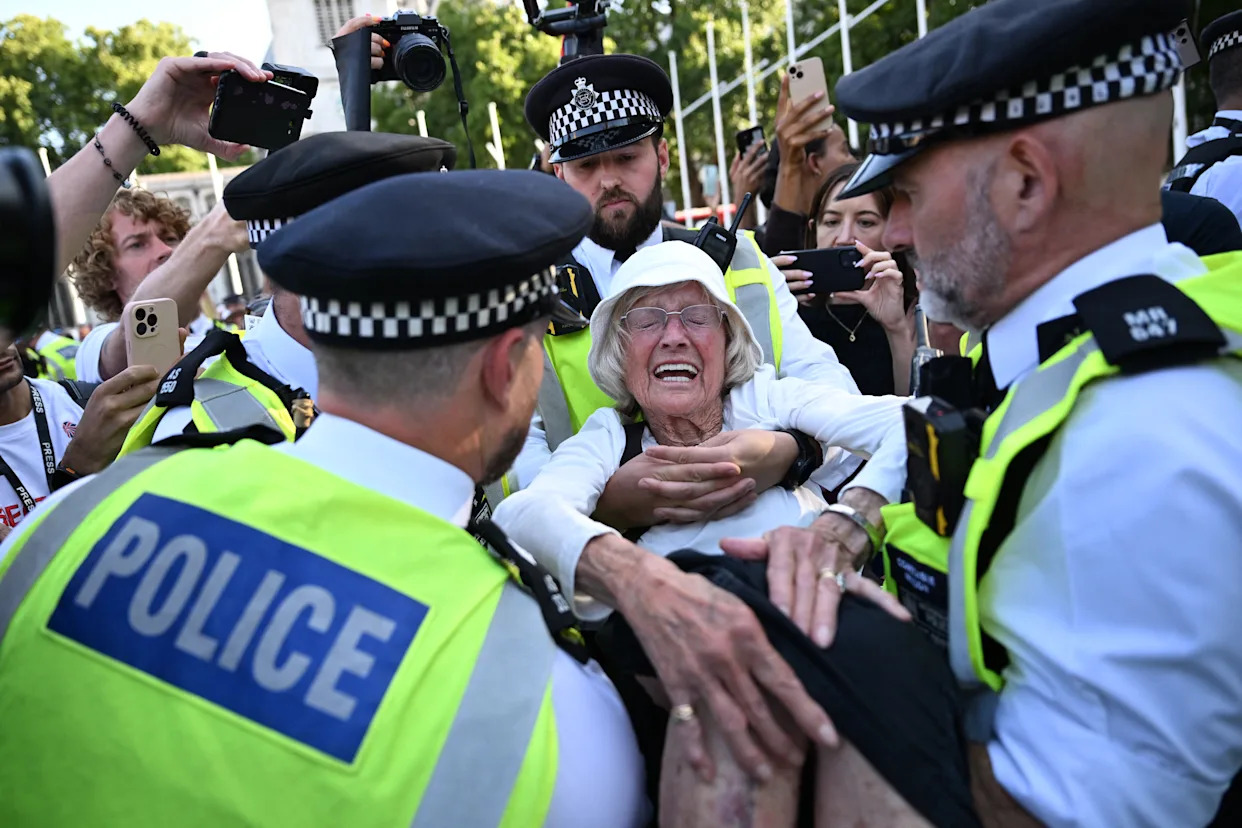

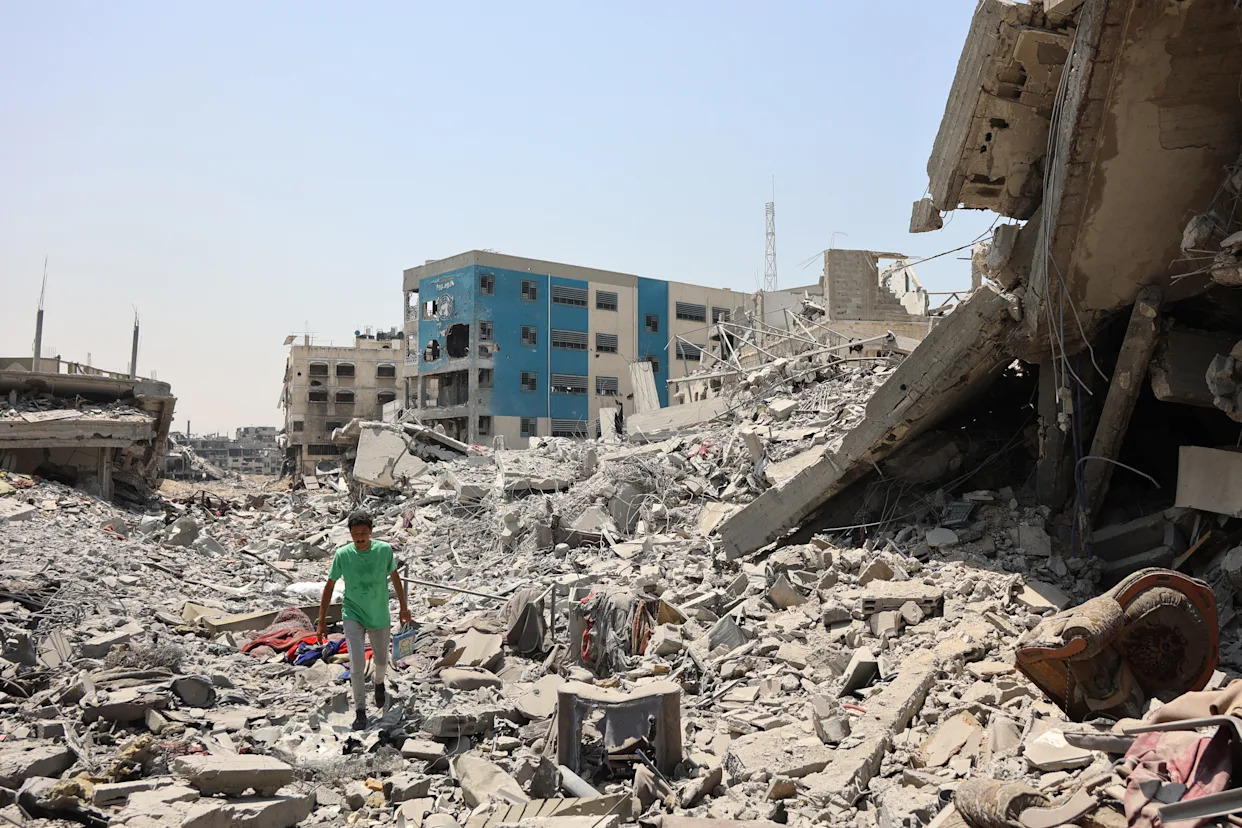
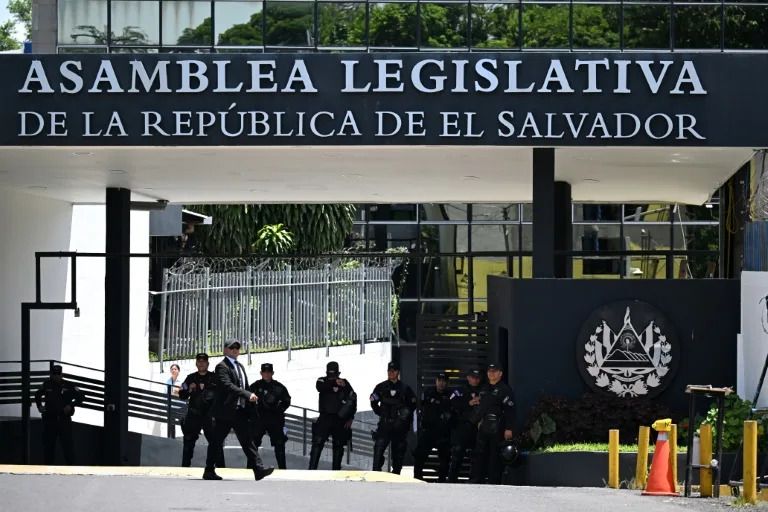
Comments